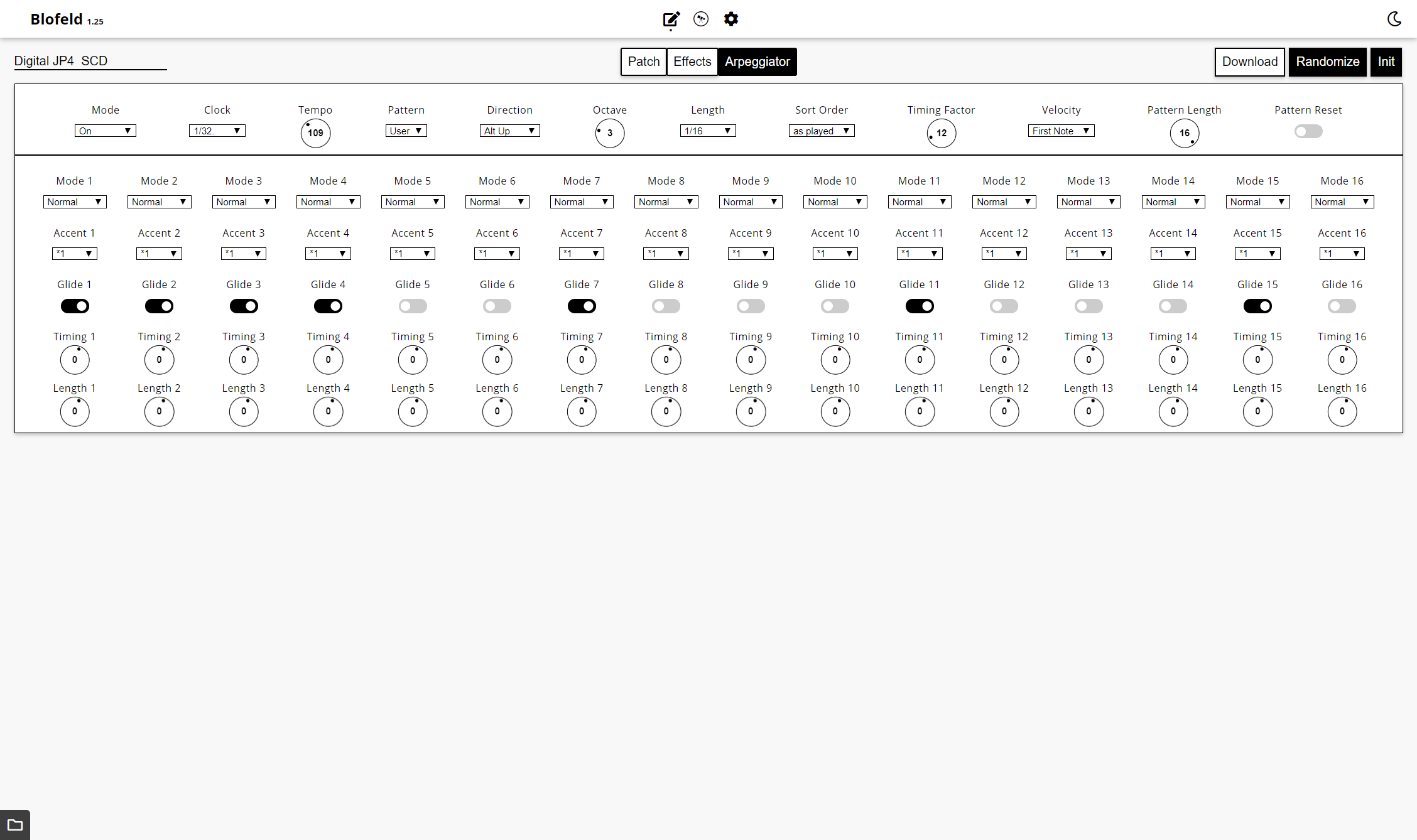
#WALDORF BLOFELD EDITOR SOFTWARE SOFTWARE#
How does anyone get along with 5 encoders on a "Hardware" Synth, but is put off by a beautiful software interface?

And Waldorf Nave has a gorgeous interface and sound.

I sold my Pulse 2 after a few months, sound editing is just no fun at all on these things. That Blofeld/Pulse 2 Hardware Matrix menudiving layout is the worst in the modern synth era. Didn't keep Nave though as I didn't get on well with the interface so I'll have to take your word for it there. TBH my Blofeld still outclasses nearly all of my IOS synths in terms of its fatness. Everything I try to coax out of Nave sounds much reedier than the stuff in this demo. Both have wavetable synthesis capabilities, both by Waldorf. Also comes with a sweet manual, that is a joy to said: You can edit wavetables yourself btw, and import samples to analyze. But, the real crazy movement comes from the wavetable travel, which is of course modulateable too. And then, there are the three x/y pads that you can assign various modulation targets to.
#WALDORF BLOFELD EDITOR SOFTWARE PLUS#
In terms of traditional"movement" you have two LFOs, three envelopes, the typical Waldorf 8-Slot modulation Matrix, plus additional module specific modulation slots. It also might be one of the first iOS syths that made it to the desktop, due to popular demand. Will probably pick up nave at some point but i have enough synths i don't get around to But i can quickly get sounds and movement similar to what i would shoot for on the blofeld on those two and then run it through fabfilter plugins etc. Obviously way simpler but i've never really jumped into deep wavetable trickery. If you're going for these Lo-fi fat pads, Nave is hard to beat. Helsinki has just a bitcrusher and reverb onboard, to make it sound different, no pitch manipulation etc. Nave has a very sophisticated wavetable engine, while pads has just a handful of preset wavetables that you can just morph between. Helsinki and klevgrand pads are toys compared to Nave.


 0 kommentar(er)
0 kommentar(er)
